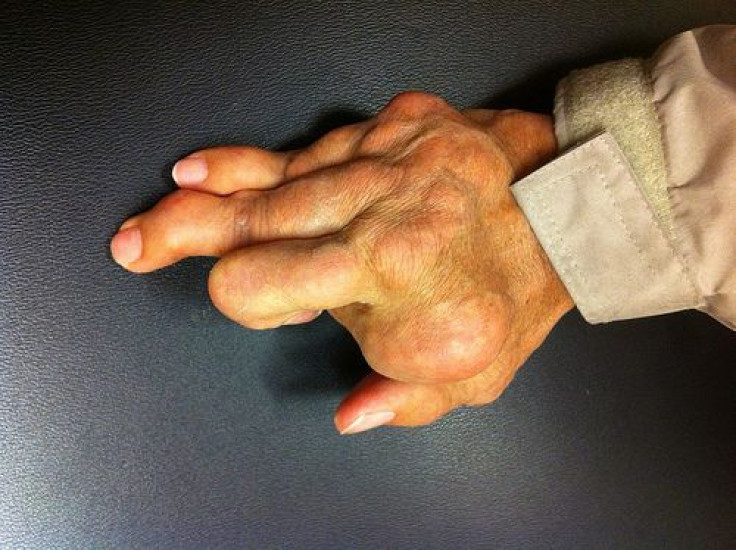Gut Bacteria May Be Possible Culprit Behind Rheumatoid Arthritis

Autoimmune diseases are a special kind of beast in today’s world, where we are constantly cleaning, organizing, sanitizing, washing, and generally ridding our bodies of any harmful germs. But science doesn’t yet know the true toll of maintaining this sterility. An encouraging new study into rheumatoid arthritis (RA) offers a glimmer of hope, as it may have pinpointed the exact gut bacteria responsible for the debilitating disease.
RA’s chronic inflammation attacks a person’s synovial joints. These include the small joints of the hands, feet, and cervical spine, along with more severe cases in the knees and shoulders. Scientists know this much, but past the disease’s relationship to a person’s immune system, a lot is still a mystery. Now, university researchers have collaborated on a study that pinpoints the bacterium Prevotella copri as the main suspect in spurring RA.
“It has been known for decades that proper development of the immune system requires the gut microbiota,” wrote Harvard University researcher Diane Mathis in an accompanying editorial, “and that alterations in the repertoire of microbes are often associated with immunological disorders, in particular autoimmune diseases in which the body mistakenly attacks its own tissues.”
Included among these diseases is RA. The human gut necessarily uses a mix of bacteria to ward off infections. But if a person’s body overproduces certain immune cells, as a result of bad bacteria being present, the molecules can ravage a person’s vulnerable joints and cause inflammation. In 2010, Mathis joined forces with New York University immunologist Dan Littman, a researcher in the present study, to track down the bacterium behind RA’s devastating effects in mice. That’s when P. copri entered the picture.
Littman and his team recruited 114 New York City residents to test their fecal samples for bacterium, hoping to apply the same techniques to humans. Some subjects were healthy; others had been on RA treatment medication for years, while others still had just been diagnosed, and so they hadn’t received treatment yet. Littman found the latter group particularly intriguing, as it provided a natural example of the types of bacteria present in the gut.
In the untreated group, P. copri was found 75 percent of the time. That’s compared to 37 percent frequency in RA patients being treated for the disease and 21 percent in healthy subjects. The general population in industrialized countries is reflected in the healthy group concentration.
The search can’t end there, however. Despite the team’s findings, they can’t assign a causal link between the bacterium and RA without directly administering P. copri into people’s bodies. Sound ethics prohibits such a methodology, so the alternative is observing people’s microbes and waiting to see who develops the disease. Other factors have also been found to produce RA in people, such as genetics and smoking, so even with a solid understanding of the role P. copri plays, it wouldn’t be the only engine.
“Another important avenue of investigation will be to elucidate the mechanisms by which P. copri predisposes its host to autoimmunity or inflammation, in particular to a gut-distal disorder. How are arthritogenic signals generated in the gut transposed to the joint?” Mathis concluded.
In other words, what differentiates RA from, say, Crohn’s disease, which also finds its origin in the gut, but attacks the gut itself? What might allow RA to travel from such midline regions in the gut to the suburbs in the hands and feet?
“The mysterious microbial world within us is beginning to reveal its secrets,” Mathis explains, “but many mysteries remain to be solved in the years to come.”
Source: Scher J, Sczesnak A, Longman R. Expansion of intestinal Prevotella copri correlates with enhanced susceptibility to arthritis. eLife. 2013.



























